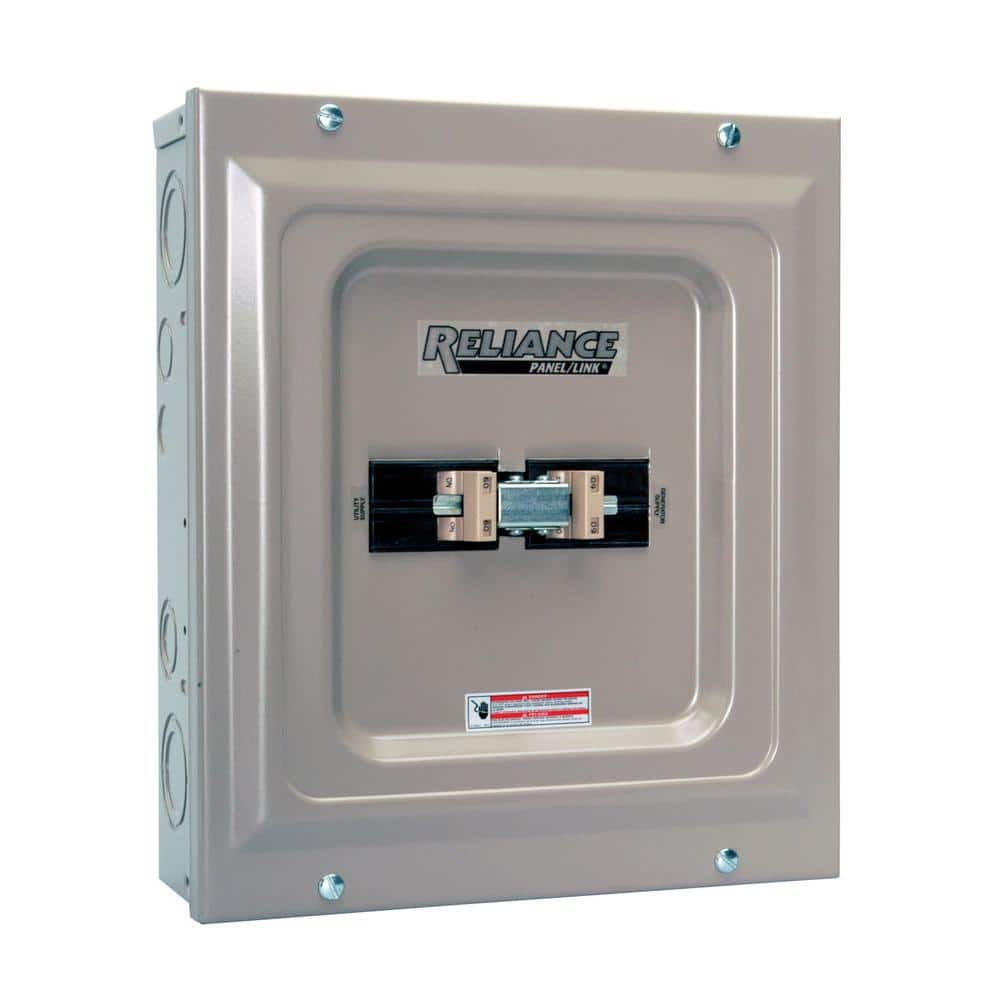I'm having my Tesla HPWC installed in the next week or two. I was watching this video and thought having the NEMA 14-50 in parallel was a good idea, in case the HPWC failed for any reason. Teeing off the power line and running one side to the HPWC and the other to the 14-50. What I was trying to figure out is how GFCI plays into this. Tesla says not to use a GFCI breaker, but does code say the 14-50 needs to be on a GFCI circuit? How could I reconcile both of these?
Or, should I just install the HPWC and not worry about having a backup? Just trying think ahead and be covered in case the HPWC would fail for any reason.
Or, should I just install the HPWC and not worry about having a backup? Just trying think ahead and be covered in case the HPWC would fail for any reason.



